Description
A water purifier clean kitchen faucet typically refers to a faucet that is designed to provide purified water for drinking and cooking directly from the kitchen sink. These faucets are commonly part of a water filtration system or water purification system that filters out contaminants like chlorine, sediment, bacteria, heavy metals, and other impurities from the water before it reaches your glass or food.
There are various types of water purifier faucets that offer convenience, clean water, and improved taste. Here’s a detailed guide on water purifier clean kitchen faucets, including their features, benefits, and how they work:
Types of Water Purifier Faucets:
Reverse Osmosis (RO) Faucet:
RO systems are one of the most effective types of water purification, removing up to 99% of contaminants. The RO faucet is connected to a reverse osmosis filtration system under your sink.
Feature: These faucets usually have a separate spout for purified water, so you can easily get filtered water when needed, while still using your regular faucet for unfiltered water.
Pros: Provides very clean water, ideal for drinking and cooking.
Cons: Requires regular filter replacement and maintenance.
Activated Carbon Filter Faucet:
Activated carbon filters are great for removing chlorine, bad taste, and odor from the water. This type of faucet is often found as part of a countertop or under-sink filtration system.
Feature: The faucet typically includes a built-in filter that can be replaced when needed.
Pros: Improves the taste and smell of water. Easy to install and maintain.
Cons: Doesn’t remove as many contaminants as RO systems.
Multi-Stage Filtration Faucet:
These faucets are integrated into multi-stage filtration systems, which use multiple filtration processes like sediment filtration, activated carbon, and UV sterilization.
Feature: This type of faucet delivers water that has been filtered through several stages, providing better purification.
Pros: Comprehensive purification for cleaner, better-tasting water.
Cons: More complex and might require professional installation.
Portable or Faucet-Mounted Water Purifier:
These are easy-to-install filters that attach directly to your existing faucet. They often feature activated carbon and other filtration media to improve water quality.
Feature: Easy to install and remove, making them portable.
Pros: Affordable, no need for professional installation.
Cons: Filters need to be replaced frequently, and they might not filter as extensively as larger systems.
Benefits of a Water Purifier Clean Kitchen Faucet:
Improved Water Quality:
A water purifier faucet removes harmful contaminants from tap water, making it safer and healthier for drinking and cooking. It can filter out chlorine, heavy metals, pesticides, bacteria, and other impurities.
Better Taste and Odor:
With filtration, the water can taste cleaner and fresher, especially if your tap water has an unpleasant odor or aftertaste due to chlorine or other chemicals.
Convenience:
Having purified water at the turn of a faucet means you don’t have to buy bottled water, which is both cost-effective and eco-friendly. You can get pure water directly from the tap.
Cost Savings:
Installing a water purifier faucet can save you money in the long run by eliminating the need for bottled water. Filtered water is also typically less expensive than buying a separate filtration pitcher.
Environmentally Friendly:
By using a water purifier faucet, you reduce the consumption of single-use plastic water bottles, helping to cut down on plastic waste and reduce your carbon footprint.
Healthier Cooking:
Using purified water for cooking ensures that your food is not exposed to harmful chemicals or bacteria found in untreated tap water.
Key Features to Look for in a Water Purifier Faucet:
Filtration Type:
Choose the type of filter (e.g., RO, activated carbon, or multi-stage) based on your water quality needs. If your water has high levels of contaminants like lead or pesticides, an RO faucet may be ideal. For taste and odor improvements, activated carbon might be sufficient.
Flow Rate:
The flow rate of the faucet is important if you need quick access to filtered water. Some systems have a slower flow rate due to the filtration process, while others offer a more robust flow.
Filter Life and Replacement:
Check how often the filter needs to be replaced. Some filters need to be replaced every 3 to 6 months, while others last a year or more. Also, check how easy it is to replace the filter.
Faucet Design:
The faucet design should match your kitchen style and fit your sink. Some water purifier faucets come in modern styles with pull-down sprayers or high-arc designs to make them more versatile.
Installation and Maintenance:
Consider how easy the faucet is to install and maintain. Some systems may require professional installation, especially reverse osmosis filters, while others can be DIY installed.
Water Capacity:
If you have a large family or frequently entertain guests, you may want a system that can provide higher capacity filtration so that you don’t run out of clean water.
Certification:
Look for NSF-certified filters that meet safety standards. Certifications ensure that the filter has been tested for performance and effectiveness.
How to Install a Water Purifier Clean Kitchen Faucet:
Faucet Installation (For Faucet-Mounted Filters):
Step 1: Remove the existing faucet aerator if necessary.
Step 2: Attach the filtration system to the faucet’s spout. Some models come with adapters to ensure a secure fit.
Step 3: Make sure the faucet is firmly installed and check for any leaks.
Under-Sink Installation (For RO or Multi-Stage Filtration Systems):
Step 1: Shut off the water supply and disconnect the drain lines if necessary.
Step 2: Mount the filter system under the sink, ensuring that the water lines are connected correctly.
Step 3: Install the separate faucet for purified water on the sink. This typically involves drilling a small hole if your sink doesn’t have one already.
Step 4: Connect the water lines from the filter to the new faucet.
Step 5: Test the system to ensure it’s working correctly and there are no leaks.
Maintenance Tips:
Regular Filter Changes:
Be sure to change the filters as per the manufacturer’s recommendations to ensure the water purifier faucet works effectively. Failing to replace filters can result in reduced water quality.
Clean the Faucet:
Clean the faucet regularly to ensure there’s no buildup of grime or bacteria around the spout. Simply wipe it down with a soft cloth and mild soap.
Flush the System:
If you haven’t used the system in a while, flush the system by running water through the faucet for a few minutes to clear out any stagnant water in the filter.


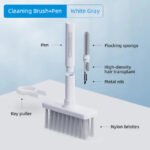
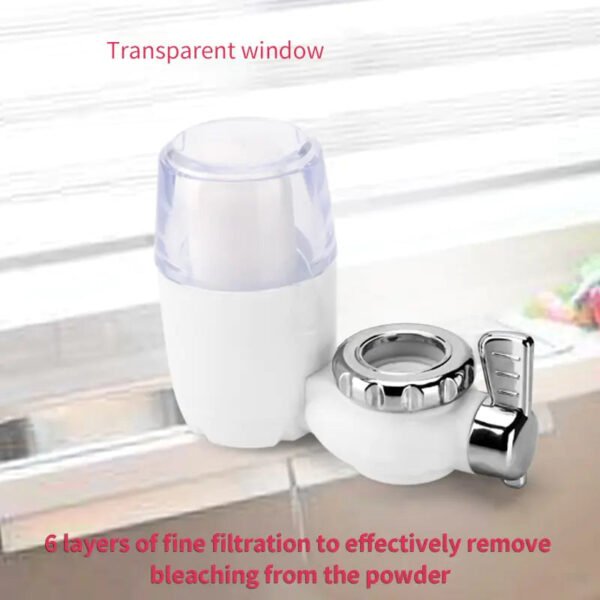


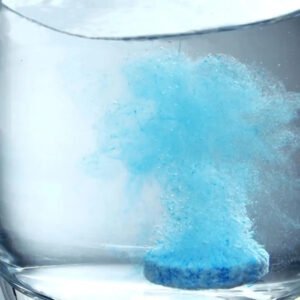
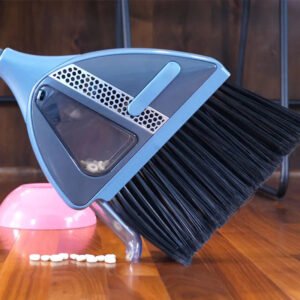
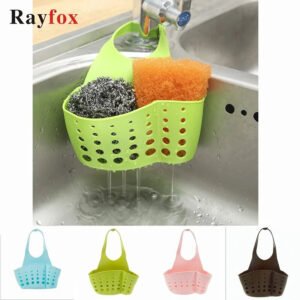
Reviews
There are no reviews yet.